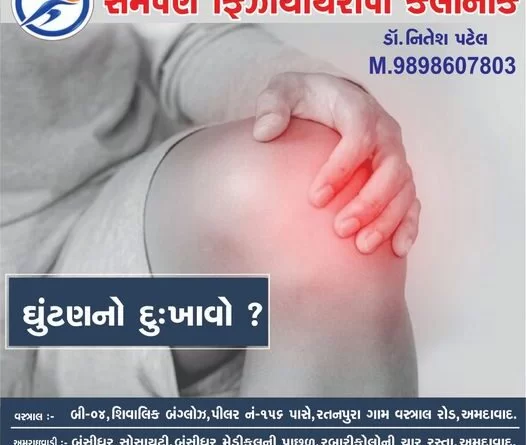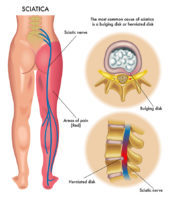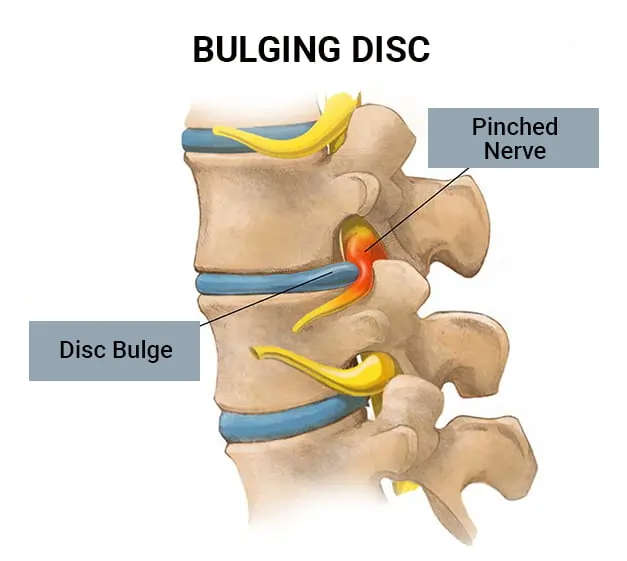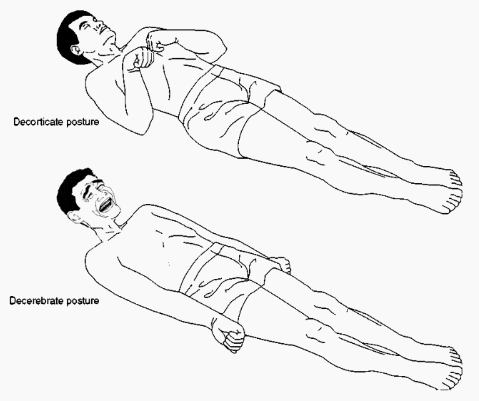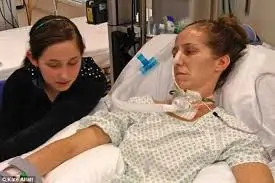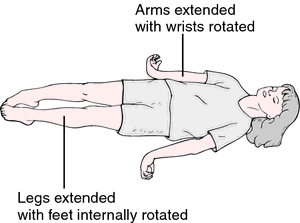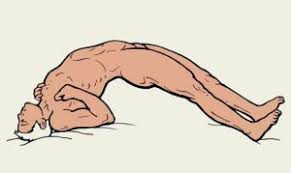Knee pain treatment in Ahmedabad: Bapunagar, Vastral, Nava Naroda and Amaraiwadi area
If you are looking for Knee pain treatment in Ahmedabad then Samarpan Physiotherapy clinic is the best option for permanent solution of your knee pain. Physiotherapist in Samarpan Physio clinic helps you to make your knee joint more powerful and fully function to perform your day to day activity easily without any extra strain. Knee…

